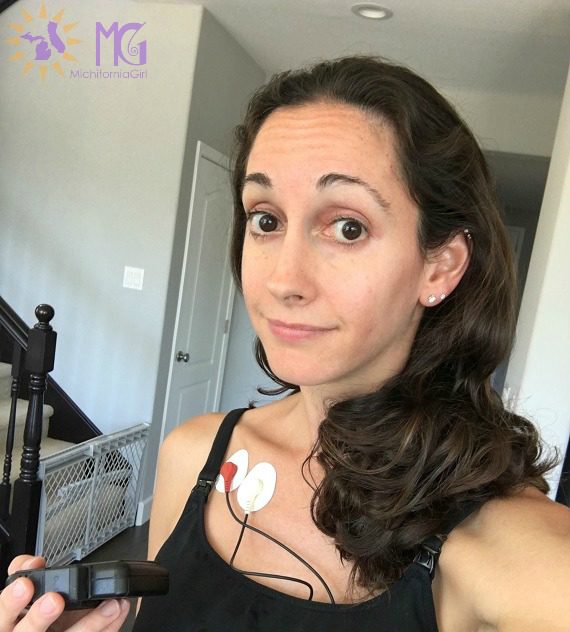
The USPSTF recommends annual blood pressure screening for adults who are 40 or older, African-American, at higher risk of high blood pressure, with high-normal blood pressure (130-139/85 to 89 mm Hg) or who are overweight or obese.

The task force also recommended immediate treatment of very high blood pressure or for patients showing signs of major organ damage. The USPSTF acknowledged that ambulatory blood pressure monitoring can be problematic and that it, along with office and home monitoring should be carefully interpreted for each patient. He said it’s much easier to encourage a patient to take home blood pressure readings, or go to a drugstore to get it measured.

It’s also a nuisance to have to wear something for 24 hours. “When you get into the real world, not every practitioner can do ambulatory, or has familiarity with interpretation of the results. There are challenges with ambulatory blood pressure monitoring, said Whelton. One more thing, the likelihood of high blood pressure increases as people age.”

“Half of them don’t have it under control. “One out of three adults in the United States has high blood pressure,” said Eduardo Sanchez, M.D., M.P.H., the AHA’s chief medical officer for prevention. Lower blood pressure is strongly associated with less of these serious complications. Uncontrolled high blood pressure raises the risk of stroke, heart attack or heart failure. adults have high blood pressure, a reading of 140/90 millimeters of mercury or higher, but nearly 20 percent are unaware of it. “Masked hypertension,” occurs when someone’s blood pressure is normal at a medical office but elevated at work or home.Īccording to the AHA, about 80 million U.S. “On the other hand, missing masked hypertension is a serious issue, because those people are already at increased risk for cardiovascular disease and we need to grapple with it,” he said. People with white coat hypertension are at increased risk for developing sustained hypertension, he said. Whelton said he’s more concerned with undertreatment than overtreatment. The task force reported “significantly fewer patients requiring treatment” based on ambulatory monitoring. It’s also useful for diagnosing “white-coat hypertension,” high blood pressure appearing only at the doctor’s office when medical professionals are present.Īpproximately 15 percent to 30 percent of people have white coat hypertension, according to the USPSTF, which can lead to the overtreatment of high blood pressure. Secondary confirmation of high blood pressure is useful because caffeine, nicotine, emotions, stress, pain and physical activity can affect it short-term, according to the USPSTF report.Īmbulatory monitoring better measures blood pressure and therefore better predicts the risk of heart disease or stroke than office measurement alone, according to the AHA.

There has been a fair amount of interest about supplementing office measurements, the “gold standard for making treatment decisions,” with out-of-office measurements, said Paul Whelton, M.D., chair of a writing group currently developing joint high blood pressure guidelines for the American Heart Association, American College of Cardiology and other health organizations. Home monitoring also can confirm a high blood pressure diagnosis, although less research supports it, according to the task force report. Preventive Services Task Force.ĭuring ambulatory blood pressure monitoring, people with possible high blood pressure are outfitted with a device that takes continuous blood pressure readings for 24 hours. Healthcare professionals should confirm high blood pressure readings taken in their office with a method called ambulatory blood pressure monitoring before starting treatment, according to recently published recommendations from the U.S.


 0 kommentar(er)
0 kommentar(er)
